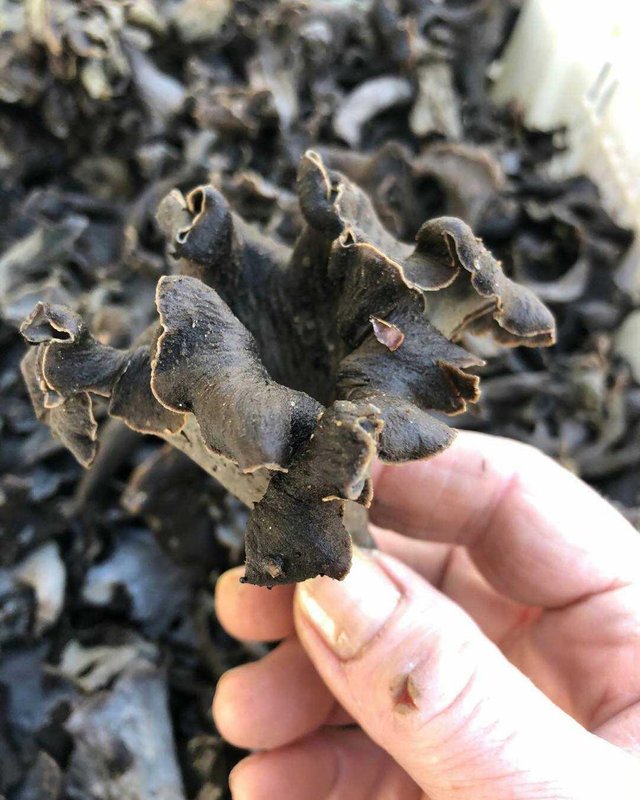Role Black ear fungus
Who does not know mushrooms? We have known mushrooms in everyday life though not as good as other plants. That's because the fungus only grows at a certain time, on certain conditions that support and the length of life is limited. For example, many mushrooms appear in the rainy season on decayed wood, litter, or haystack. However, this fungus will die soon after the dry season arrives.
Fungus is a single or multiple-celled eukaryotic organism with no chlorophyll. Fungal cells have walls composed of chitin. Because of its properties are in the classification of living things. Fungi are separated in their own kingdom and are not included in the kingdoms of protists, monera or plantae. Because it is not chlorophyll, the fungus belongs to heteroids (obtaining food from other organisms).

 )
)
 )
* Eukaryotic organisms.
* No chlorophyll.
* Unicellular and multicellular.
* Reproduces generatively and vegetatively.
* Has no flagella in its life cycle.
* Does not contain cellulose on its cell wall, but
* complex carbohydrates (including chitin)
* Fungi grow in moist habitats, contains many substances organic, slightly acidic and less light.
* The body of the fungus is composed of fine threads called hyphae.
* Branched hyphae will form mycelium
* There are hyphae that are insulated and not
* insulated.
* Hyppha that has no insulation and no nucleus is
* called senocytic.
* Asexual reproduction with sporagium, which produces sexual spores (konidiospora or sporangiospora), while sexual reproduction with conjunction on hyphae that produces zigospores, basidiospores, askopora.
)
* Eukaryotic organisms.
* No chlorophyll.
* Unicellular and multicellular.
* Reproduces generatively and vegetatively.
* Has no flagella in its life cycle.
* Does not contain cellulose on its cell wall, but
* complex carbohydrates (including chitin)
* Fungi grow in moist habitats, contains many substances organic, slightly acidic and less light.
* The body of the fungus is composed of fine threads called hyphae.
* Branched hyphae will form mycelium
* There are hyphae that are insulated and not
* insulated.
* Hyppha that has no insulation and no nucleus is
* called senocytic.
* Asexual reproduction with sporagium, which produces sexual spores (konidiospora or sporangiospora), while sexual reproduction with conjunction on hyphae that produces zigospores, basidiospores, askopora.